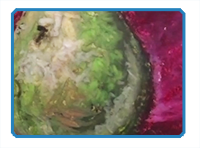
By Matt Fussell
Oil pastels are a unique drawing/painting medium for creating color art. Because of their unique characteristics, many artists choose to use them over other color media.
Oil pastels behave in a similar fashion to traditional soft pastels, but they also process characteristics that are similar to that of crayons.
Because oil pastels consist of an oil binder, they are less powdery than soft pastels. As a result, oil pastels are more difficult to blend with a finger or a blending stump. Oil pastels can be layered like soft pastels, but only to a certain degree. This has to be taken into consideration when using oil pastels. If too much material is applied to the surface, colors can become muddied.
Another side effect comes when the pastels take up or "pull up" previous applications. Care should be taken to avoid this by planning out the layers of colors that are to be added.
Oil pastels can behave like wax-based crayons when they are initially laid on the drawing surface. Typically, the desired end result for the artist is not a "crayon-esque" drawing however. Luckily, as layers are added, the medium becomes more buttery and behaves in a similar fashion to paint.
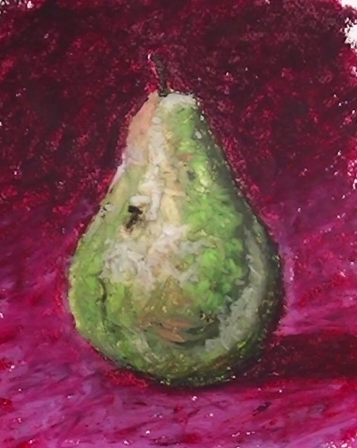
Interestingly, techniques for oil pastels are very similar to those of colored pencils. Here's a look at what I suggest when using oil pastels...
1. Create an Underpainting - It may be a good idea to create a loose underpainting of values and layer local colors on top.
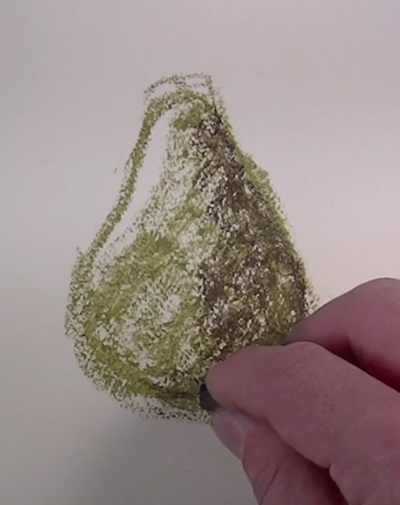
2. Layer colors - colors should be layered to achieve depth in color and value
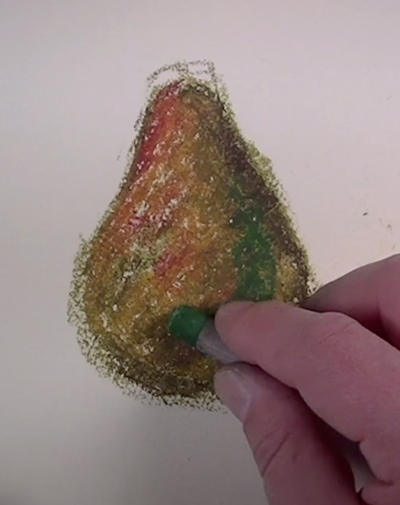
3. Slowly Build Up Applications - Adding large quantities of pastel too quickly can lead to muddied colors
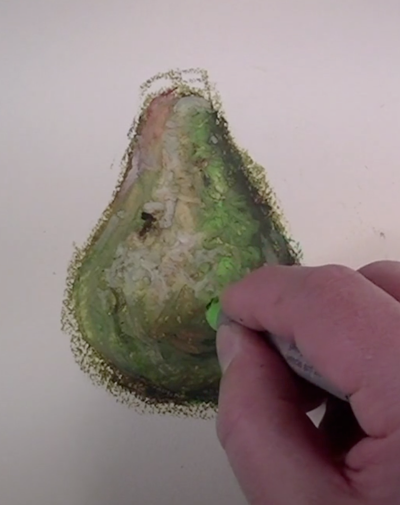
4. Clean Up the Edges with a Background - You can define the edges of your subject by drawing in the background and cleaning up the edges.
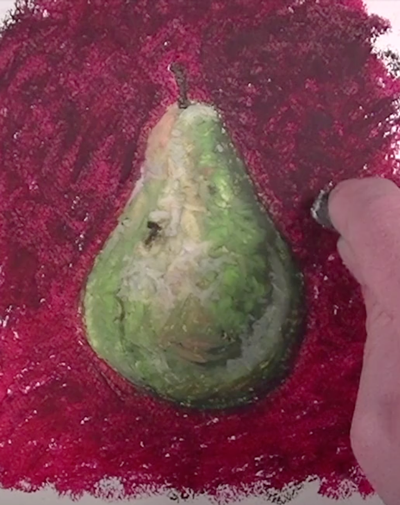
Here's a look at the entire process...
Here are some more art lessons that you may like...